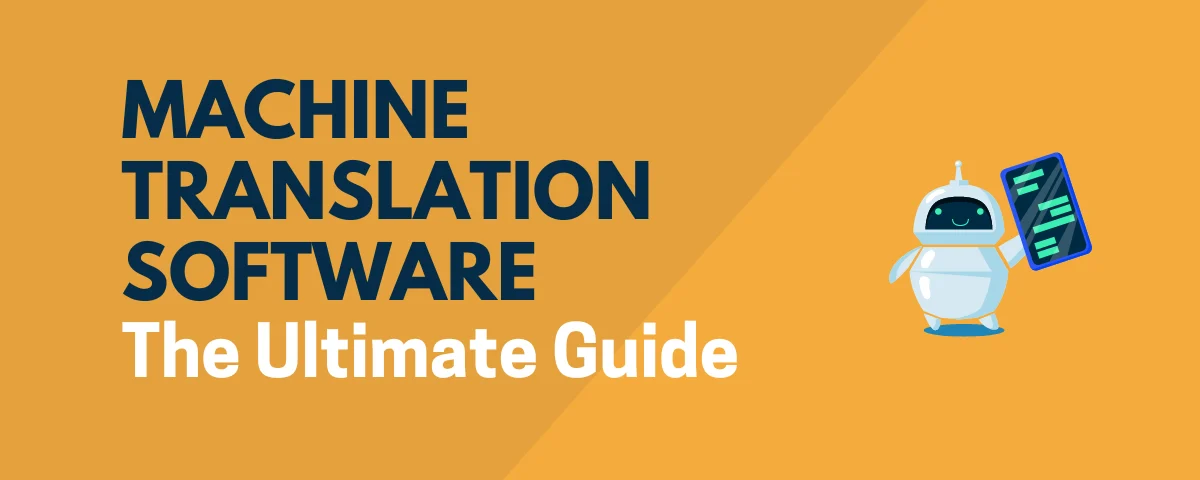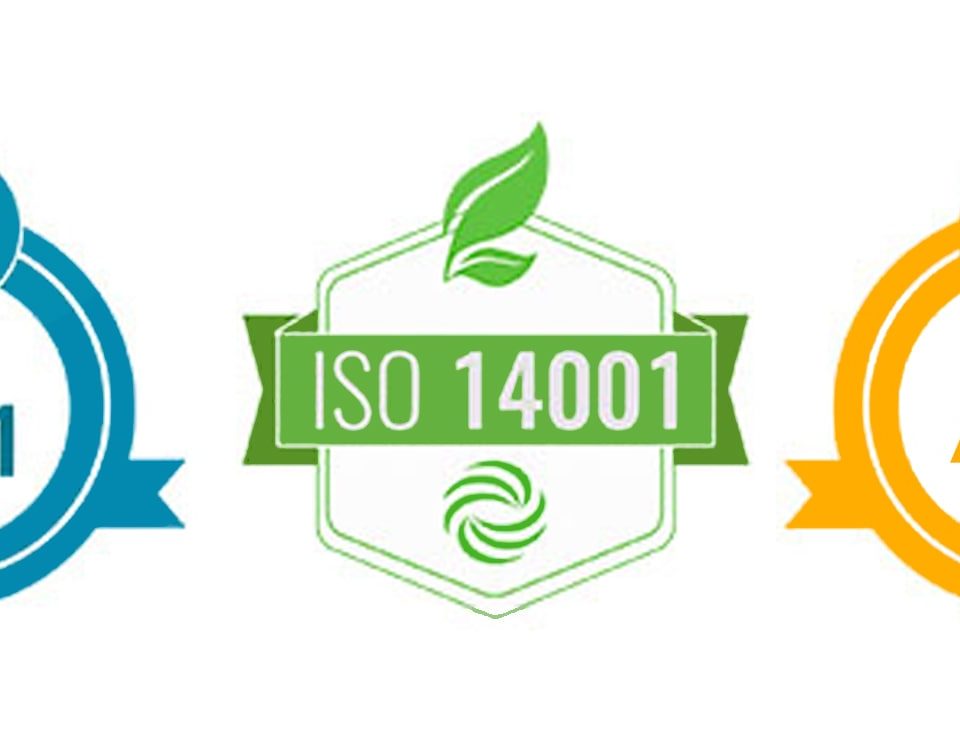top Machine Translation Software
FDI Data Shows Vietnam’s Steady Performance in First Half of 2020
19th September 2025Solve File Issues in Trados
30th September 2025Here are some of the top machine translation (MT) / AI translation systems and tools in 2025, along with strengths, trade‑offs, and tips on how to choose.
Leading Machine Translation Tools / Engines in 2025
These are widely used, high‑quality systems (both commercial and open) that are considered among the best currently.
| Name | Type / Focus | Strengths / Notable Features | Considerations / Limitations |
|---|---|---|---|
| Google Translate / Google Cloud Translation | General / enterprise / API | Very broad language coverage, robust infrastructure, integrates well with web / apps, supports text, documents, images, APIs. | For rare languages or nuanced / creative content, quality may drop. Also you may need to post‑edit. Costs scale with usage. |
| DeepL | High‑quality translation (especially for European languages, business / professional use) | Known for natural, fluent translations, good context handling. Many users regard it as among the best in supported languages. | Fewer supported languages than Google. For language pairs not supported or niche domains, performance may lag. Paid tiers needed for high volume. |
| Microsoft Translator | General / enterprise / integrated into Microsoft ecosystem | Strong integration with Microsoft products (Office, Teams, etc.), supports real‑time conversations, offline mode, etc. | As with all MT, some translations need post‑editing. Depending on language pair, quality may vary. |
| Amazon Translate | Enterprise / API / cloud translation | Scalable, suited for high volume translation, integrates well into AWS ecosystem. | As with most commercial MT services, trade‑offs in nuance, idioms, domain specificity. Cost matters at large scale. |
| Systran | Specialist / enterprise MT | Longstanding name in MT, supports many language pairs, customizable for domain / business use cases. | Might require more configuration or domain tuning to reach top quality. |
| NiuTrans (NiuTrans.NMT / open source) | Open‑source / research MT | Lightweight, efficient, supports deployment on various systems, good option for self‑hosting or more control over translation pipeline. | Requires more technical setup. For very “creative / idiomatic / stylistically demanding” translations, human oversight is essential. |
| Apertium | Rule‑based / open source MT | Good for language pairs with strong rule coverage, transparent rules, open to extension / customization. | Rule‑based systems tend to struggle more with idioms, context, and large divergences in sentence structure. Not always competitive with NMT for many language pairs. |
| MachineTranslation.com | Aggregated / hybrid MT | Aggregates results from multiple engines (DeepL, Google, GPT / LLMs) so you can compare and pick the best output. Includes features like key term translation, quality scoring. | Because it aggregates, you may need to do additional filtering / selection. Also licensing / costs may become a factor for heavy use. |
What’s New & Cutting‑Edge in 2025
-
Adaptive / “live learning” MT engines — engines that learn from corrections over time, adapting to your domain or style. (In comparative overviews, this is cited as a key differentiator for certain modern tools)
-
Open multilingual models — e.g. the recent “Hunyuan‑MT‑7B” model (open source) supports bidirectional translation across 33 languages and claims strong performance, especially for languages and dialects with lower resources.
-
Mixture‑of‑Experts (MoE) architectures / context routing in NMT — making MT systems more efficient and context‑aware. One such recent research is THOR‑MoE, which improves routing for domain / context adaptation.
-
Faster toolkits / frameworks — e.g. Sockeye 3, which is a PyTorch‑based NMT toolkit optimized for speed and flexibility.
These advances make MT systems smarter, more efficient, and more customizable to domains.
How to Choose the “Top” MT for Your Needs
Because “top” depends on what you need, here are guidelines:
-
Language Pair & Domain
-
If your language pair is common (e.g. English ↔ Vietnamese, English ↔ Chinese), nearly all major MTs will have decent baseline performance.
-
For niche or under‑resourced languages, open models or specialized MTs (or hybrid + post‑editing) may work better.
-
-
Volume & Scalability
-
High volumes push you toward cloud / API services (Google, Microsoft, Amazon) or self‑hosted scalable MT (NiuTrans, open models).
-
For smaller use, even “free / freemium” tiers might suffice.
-
-
Quality / Sensitivity
-
For marketing, legal, or brand content, “good enough” MT is often just the draft; human post‑editing is still necessary.
-
Look for features like custom glossaries, terminology constraints, style / tone control, post‑editing UX in the MT platform.
-
-
Integration / Workflow / APIs
-
If you want to plug translation into your website, app, or CMS, choose an MT that offers robust APIs, plugins, or SDKs.
-
Features like translation memory (TM), versioning, rollback, quality scoring help for long-term use.
-
-
Privacy / On‑Premise / Offline
-
Some MT (especially cloud ones) involve sending data to their servers, which might be a concern for sensitive content.
-
If you need strict privacy, self-hosted / open solutions like NiuTrans or Apertium might be better.
-
-
Cost / Pricing Model
-
Examine how pricing scales with usage (e.g. per character, per word, per request).
-
Also the trade-off between “pay more, get quality + features + support” vs “cheap but may need more manual cleanup.”
-
If you like, I can take into account your language pairs (for example Vietnamese ↔ English, or others you care about) and suggest the top 3 MT solutions for your use case, with likely cost estimates in VND. Do you want me to do that?


